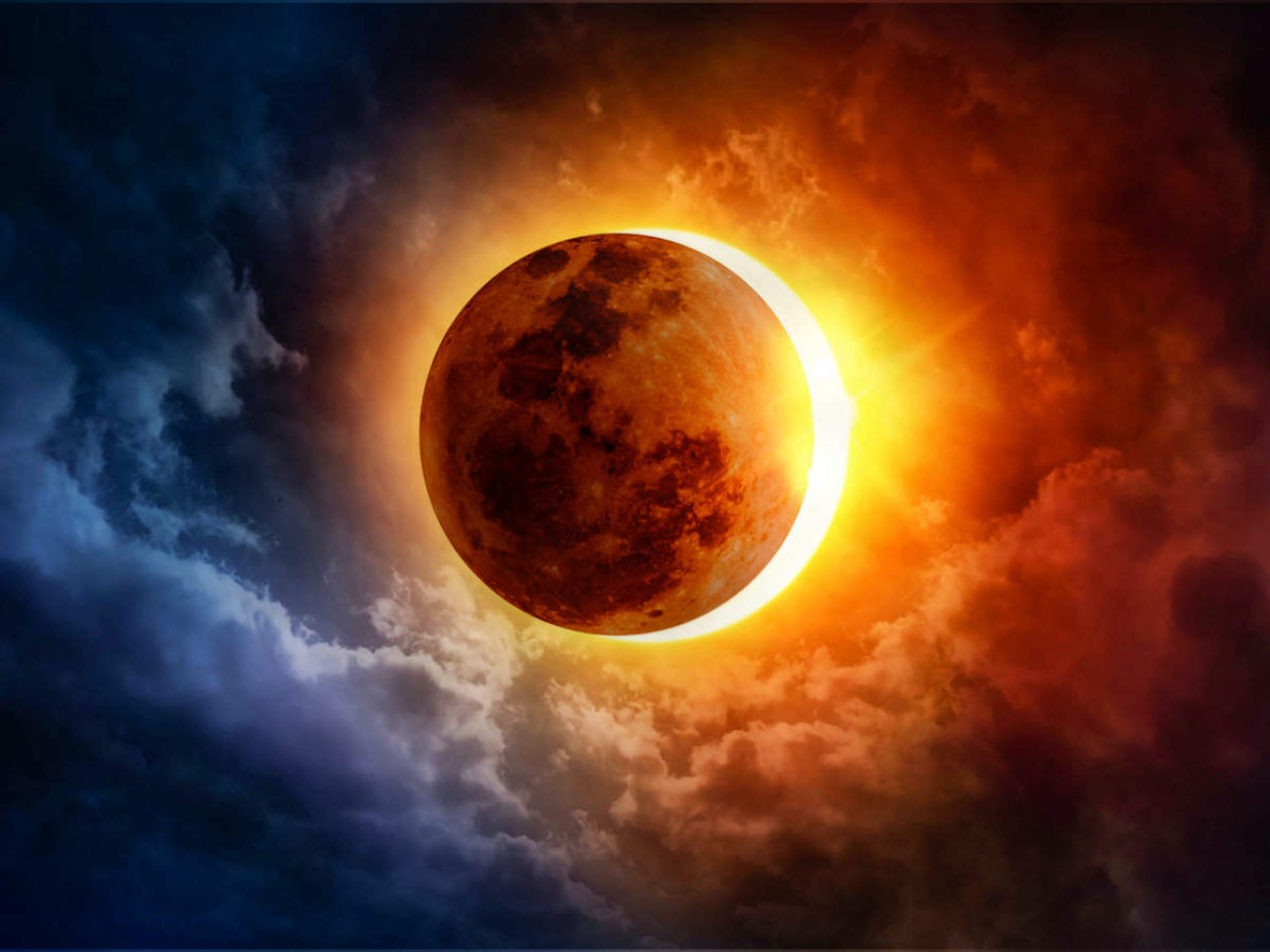

The most favourable conditions for a total eclipse are when the Moon is at its perigee, the Earth is farthest from the Sun (around July) and when the Sun is observed near zenith. For an observer standing in the penumbra, only a part of the Sun is masked: the eclipse is partial.įigure 2. If the observer is beyond the cone summit, the eclipse is annular (ring-like): the apparent diameter of the Moon is too small to mask the whole solar disk. For an observer standing between the Moon and the umbra cone summit the eclipse is total. The Moon's shadow consists of two cone-shaped areas (see Figure 1), known as the umbra (externally tangent to the Sun and Moon) and the penumbra (internally tangent to the Sun and Moon). Types of solar eclipses: annular, partial, total The second condition is that the Sun, the Earth and the Moon must also be lined up, corresponding to the phase of the New Moon. For an eclipse to occur the Moon must be near one of these intersection points (or nodes). The Moon crosses the plane of the Earth's orbit twice in each complete orbit. The first concerns the relationship between the orbits of the Earth and the Moon, which are not in the same plane, but are inclined at around 5 degrees (5 degrees 8' 43") to each other. Two conditions have to be met for a solar eclipse to occur. This happens when the shadow cone of the Moon intersects the surface of the Earth, and is observable by anyone within this shadow zone (see Figure 1). They really wait for every solar eclipse, as it can potentially help in discovering more information about the Sun and how it works, which can become vital for people, also how it influences Earth.A solar eclipse occurs when the Moon comes between the Sun and the observer. Researchers are investigating the effect that eclipse has on the living beings from the Earth. For example, people from Ancient Chine imagined solar eclipse to be the giant dragon that attempts to consume the Sun. During the lunar eclipse it is easy to observe this phenomenon through the lenses of telescope and watch what is going on there for real.ĭue to its rarity, magnificence and enormous influence of the Sun on our planet, a solar eclipse has always been more influential for people than more common lunar eclipse. If you want to watch a solar eclipse, it is dangerous to look at it without eye protection. Lunar eclipse is easy to see with unprotected eye, as it is harmless and our eyesight will not be damaged after such an observation. However, solar eclipses are pretty rare and less people can experience them from smaller area of availability and time limits.

Lunar eclipse is available to observation from larger area of the Earth, than the solar one. Basically, the Moon is way closer to the Earth (compared to Sun, which is 300 times more distant), it means that the possibility that Earth overshadows the sunlight to the Moon is higher, than the possibility of the Moon to hide the Sun. Lunar eclipses are easier for us to forecast than solar eclipses, because they are quite calculable.
SOLAR VS LUNAR ECLIPSE FULL
However, the lunar orbit is 5 more degrees bent than our planet, that's why we don't see a lunar eclipse every full Moon. The lunar eclipse is possible only when the Sun is in precise line with the Earth and the full Moon. You understand that full Moon can be seen every month, but lunar eclipse has another schedule. When the full Moon is fairly opposite the Sun, the lunar eclipse takes place. Each eclipse has a particular time, when it happens. The first thing is: lunar eclipse is possible only at night, while the solar one can be during the day. What is the difference between solar and lunar eclipse? Annular eclipse occurs when the Moon is at its highest peak on the orbit, as it can't fully block the Sun we can see a small circle of light shining from the Moon in the sky. Partial eclipse takes place, if only one part of the Sun is hidden. Total solar eclipse occurs when the Moon fully blinds the Sun.


The eclipses are divided into three types: total, partial or annual ones. As for solar eclipse, it happens when the Moon is situated between the Earth and the Sun, blinding the part of the Sun. The lunar eclipse takes place when Earth goes through the Moon and the Sun, so its shadow hides the Moon fully or partially. Both lunar and solar eclipses are the processes that have three celestial bodies in common: the Sun, the Moon and the Earth.


 0 kommentar(er)
0 kommentar(er)
